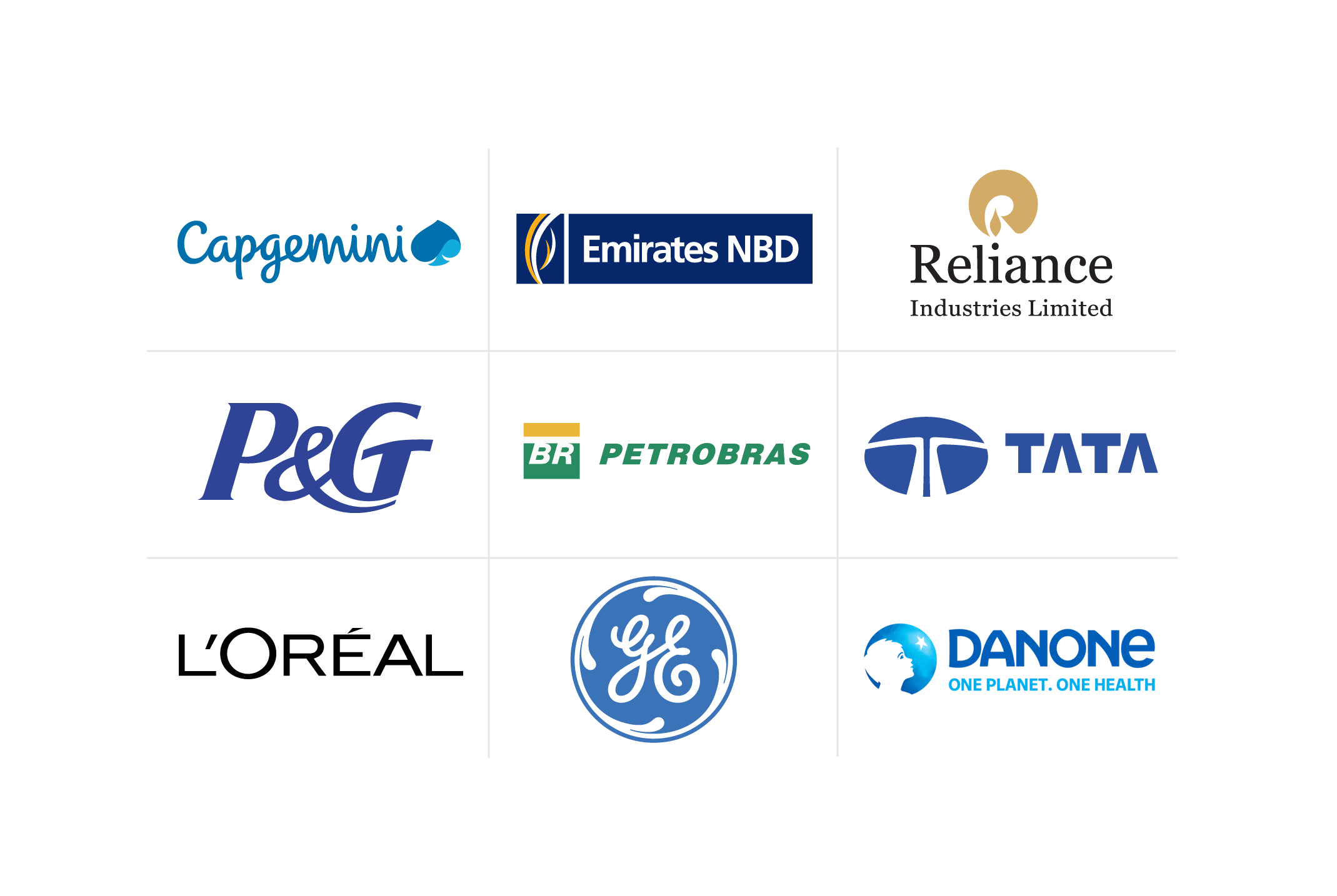What Is a Performance Improvement Plan?
A performance plan, or PIP, can help you provide resources to employees who need help meeting your expectations. Learn effective ways to use a performance improvement plan and what to include in your PIP.
![[Featured image] Woman in front of whiteboard and easel holding a development plan on a tablet.](https://d3njjcbhbojbot.cloudfront.net/api/utilities/v1/imageproxy/https://images.ctfassets.net/2pudprfttvy6/7JTorHgqn4oVYMcTlZJ9Ii/3e72040cfbbeece00bde9b6623ad2543/GettyImages-1269829161.jpg?w=1500&h=680&q=60&fit=fill&f=faces&fm=jpg&fl=progressive&auto=format%2Ccompress&dpr=1&w=1000)
A performance improvement plan (PIP) is a tool you can use to help an employee get back on track after a poor performance review. It’s appropriate when you want to provide support to help your employees improve. A performance improvement plan is not a disciplinary measure but a path to help your employees meet your expectations. Performance improvement plans work well when they rely on measurable data that you can show your employees for the areas of improvement.
What is a performance improvement plan?
A performance improvement plan is a document you give to employees to clearly outline where their work performance falls short of expectations and what they can do to improve. A PIP may also include what the consequences will be if the employee is unable to improve their performance, such as being dismissed from their position or taking a reduction in their responsibilities.
A performance improvement plan can help you:
Empower your team to perform better: When an issue arises, a PIP allows you to communicate clearly what your employee needs to do to perform better. The ownership to fix the problem is on them so they can feel empowered to make a change.
Improve communication: Performance reviews and improvement plans give you a chance to define what expectations you have for your staff clearly.
Save time and money: Improving employee performance can make your team more productive, helping you earn more money and reduce labor costs if turnover is reduced.
Document employee performance: If the performance improvement plan doesn’t succeed, you’ll have documentation to back up claims, reducing the risk of litigation.
How is a performance improvement plan used?
You can use a performance improvement plan to help employees overcome many issues with their work performance. A PIP provides documentation of the steps your team member can take to improve the quality of their work, resources to guide them, and a time limit for when you expect to see improvement.
Performance improvement plan examples
You can use performance improvement plans to help address many different performance concerns, including:
Missed deadlines
Poor customer service
Low-quality work
Low productivity
Unprofessional behavior
Absenteeism
What to include in a performance improvement plan.
To get the most out of a PIP, include the areas of performance that need improvement, the goal of the improvement plan, action steps for the employee to take, resources to help provide support, and metrics to measure progress.
Goals and objectives: One of the advantages of writing a performance improvement plan for your employees is to provide them with clarity. Goals and objectives allow you to clearly outline what expectations you have from your team member, as well as how their role relates to the area you’re asking for improvement in. For example, if you want to address an employee’s tardiness, you would include your expectations for them to be on time.
Performance concerns: Next, you’ll need to outline where your employee is underperforming. It’s helpful to use facts and avoid statements of opinion to demonstrate the performance concern. It’s important to remember that the purpose of a PIP is to retain the employee and move past the problem. You should be clear about the issue but express support and encouragement to your employees.
Action steps: Action steps give your employee a step-by-step guide to improve their performance and meet the expectations you already outlined. Include regular check-ins with leadership to ensure the employee is on track with the PIP. An action plan can include additional training in the areas where the employee needs improvement or other essential resources.
Metrics: Include metrics in a performance improvement plan, such as measurable factors that will signal success and the time to complete the PIP. For example, if you address an employee with low sales volume, you could provide them with a specific result to hit. If working with an often-tardy employee, they could have a goal of zero late days. The length of time you include will typically range between 30, 60, or 90 days. These metrics provide a clear, measurable expectation.
Read more: Beginner’s Guide to Conducting a Training Needs Assessment
Overcoming the challenges of a PIP
When executed effectively, performance improvement plans help guide employees back on track by providing guidance and resources to overcome challenges. To keep your PIPs productive, here are a few tips for maximum effect:
Collaborate: Wherever possible, invite your employees to be a part of developing the performance improvement plan to help get their buy-in and craft an action plan to their needs.
Be as clear and direct as possible: Make sure you give your employees the facts they need to be successful. The more clearly you can define your expectations for your employees, the easier it will be for them to make the improvements you request.
Have compassion: Speak positively and point out where they are succeeding to demonstrate that you want to help them improve.
Set attainable goals: A performance improvement plan works best when it focuses on goals your employee can reasonably achieve in the designated time frame.
Learn more with Coursera.
Take the next step and become a better team leader today with the Leading People and Teams Specialization from the University of Michigan. This beginner-level, five-course series can help you learn leadership, how to motivate employees, talent management, vision alignment, and more. With as little as 10 hours a week, you could complete this program in one month.
This content has been made available for informational purposes only. Learners are advised to conduct additional research to ensure that courses and other credentials pursued meet their personal, professional, and financial goals.


